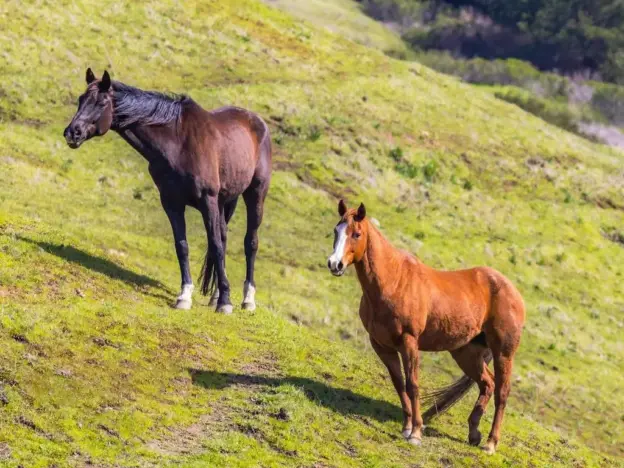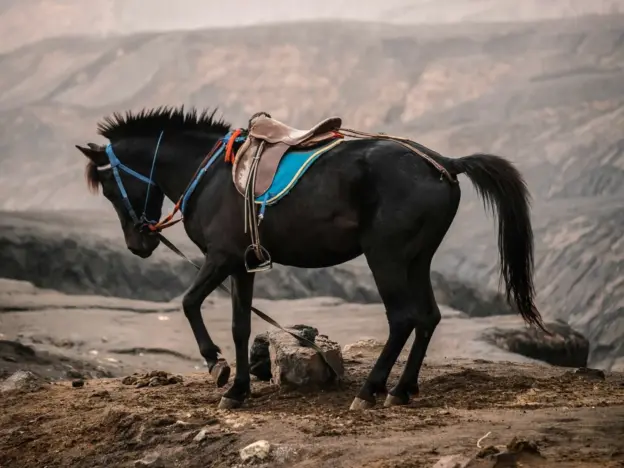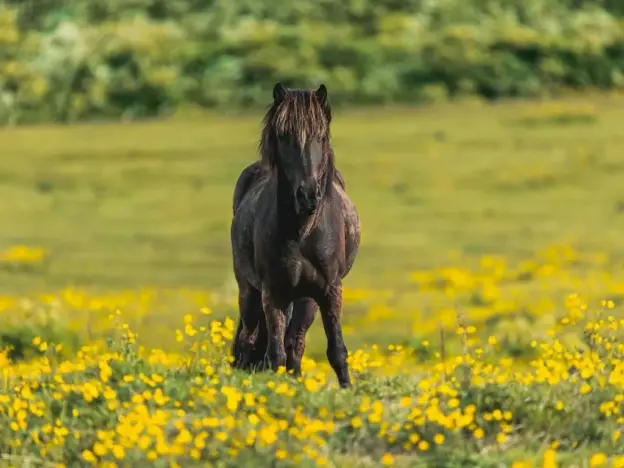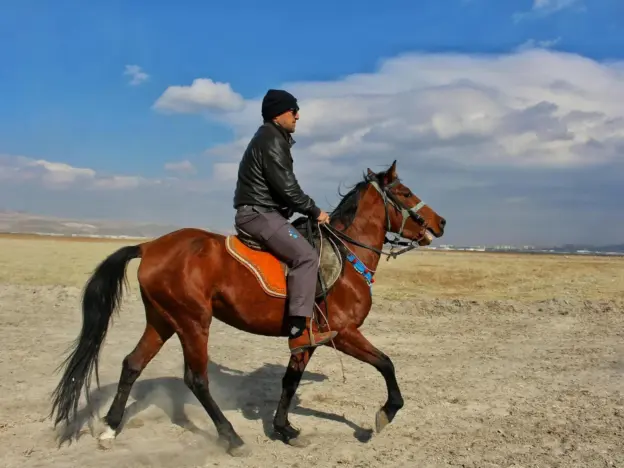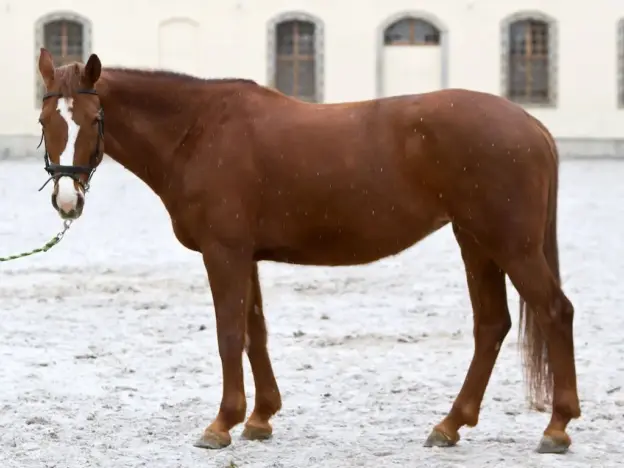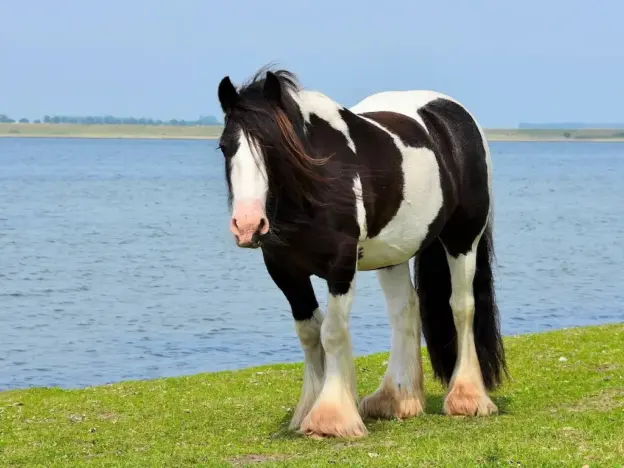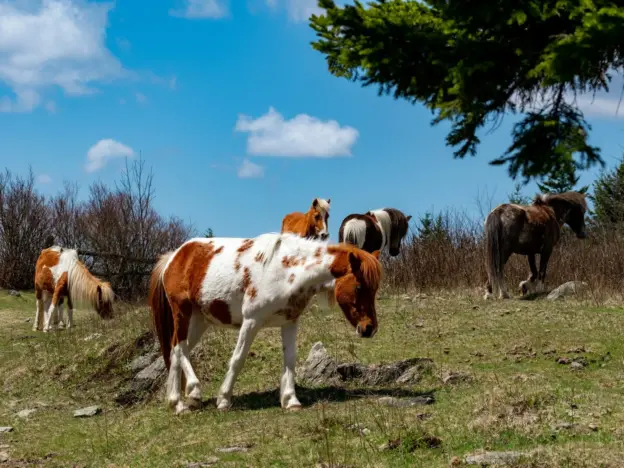Intro
The only horse breed native to New Zealand, this is a population of feral animals whose ancestors were brought to the country late in the 19th century. Animals that were let loose or escaped found a home together in the Kaimanawa mountains, for which they are now named.
Read more
